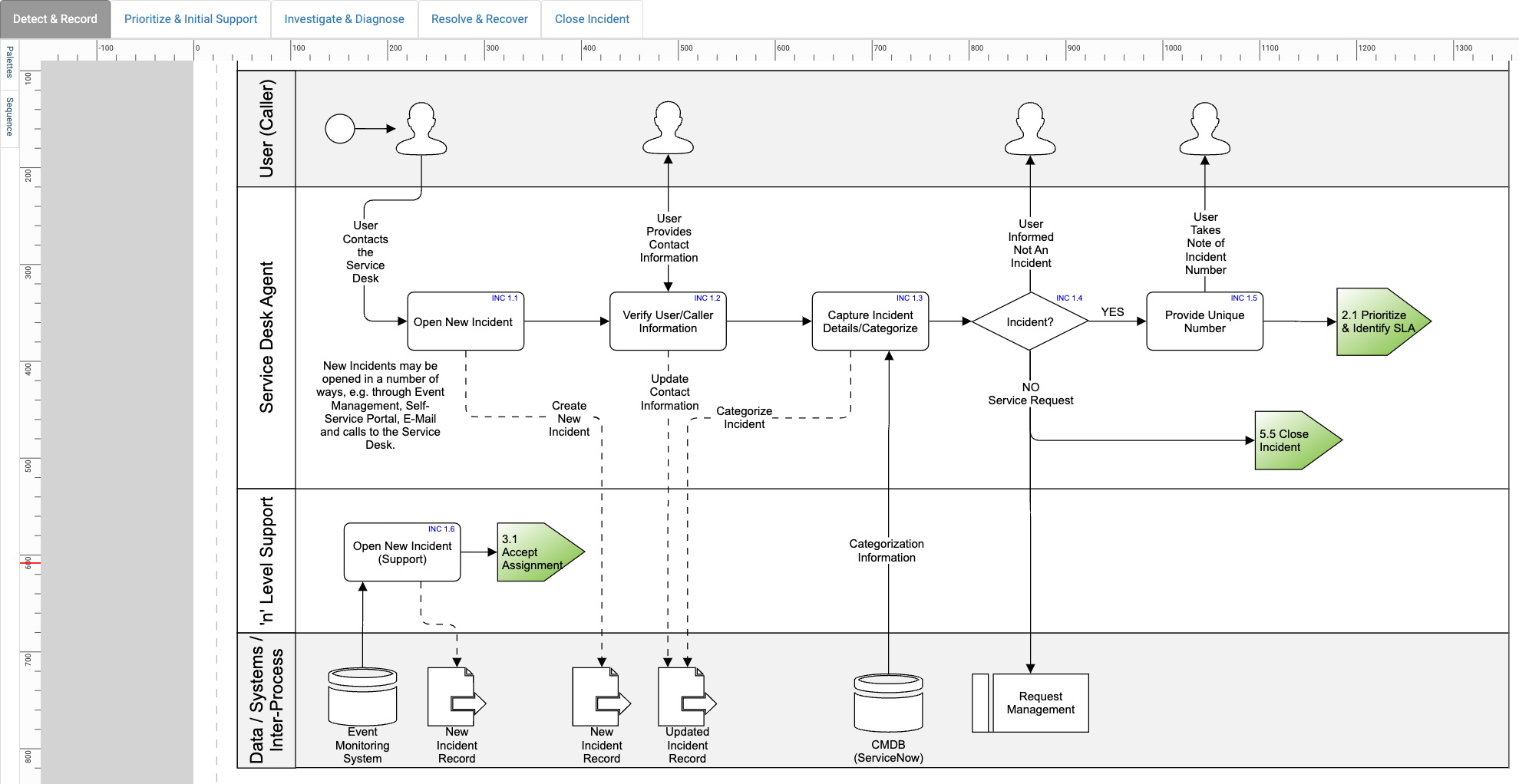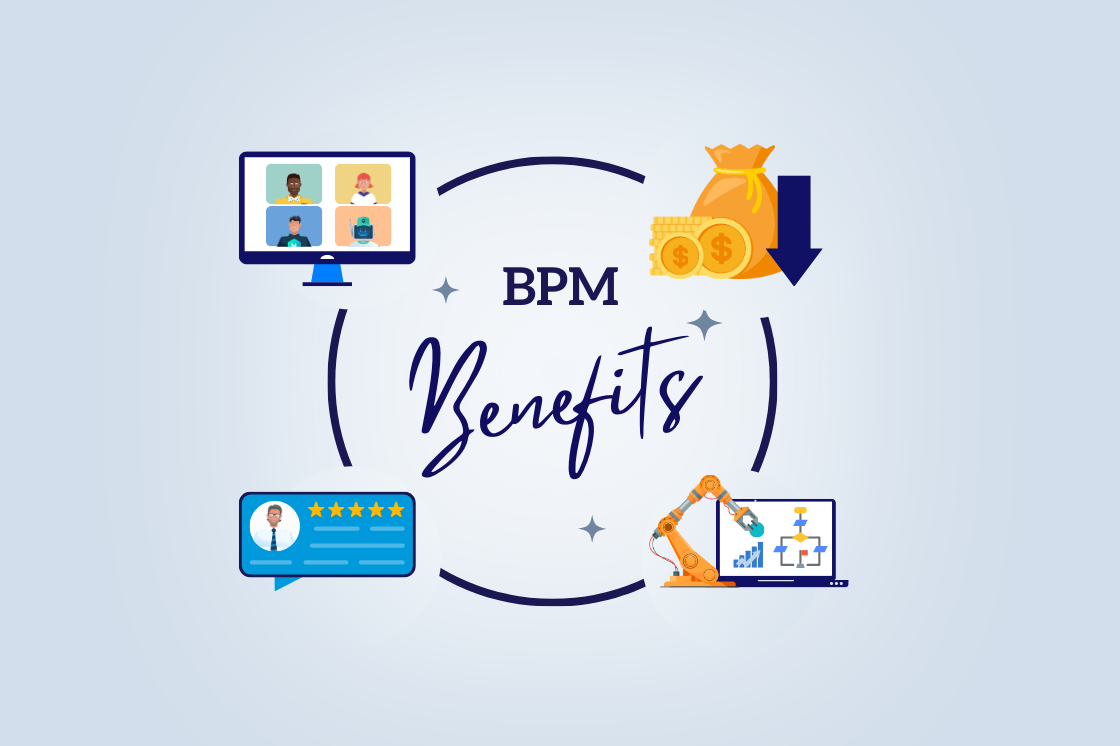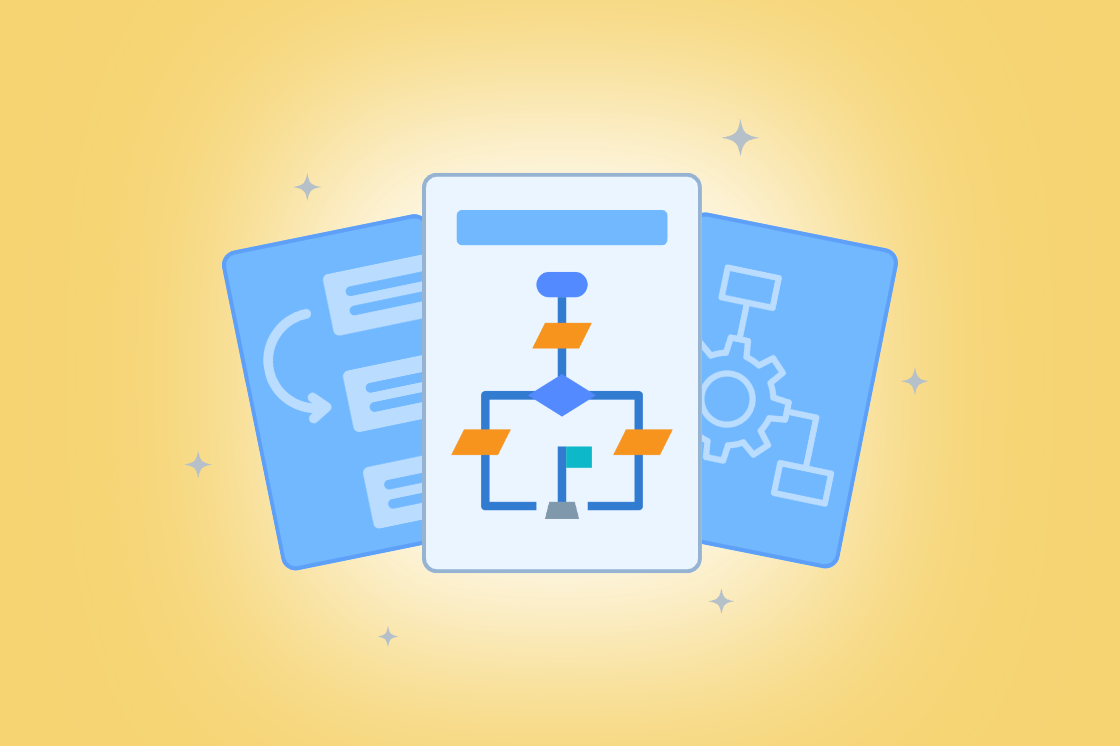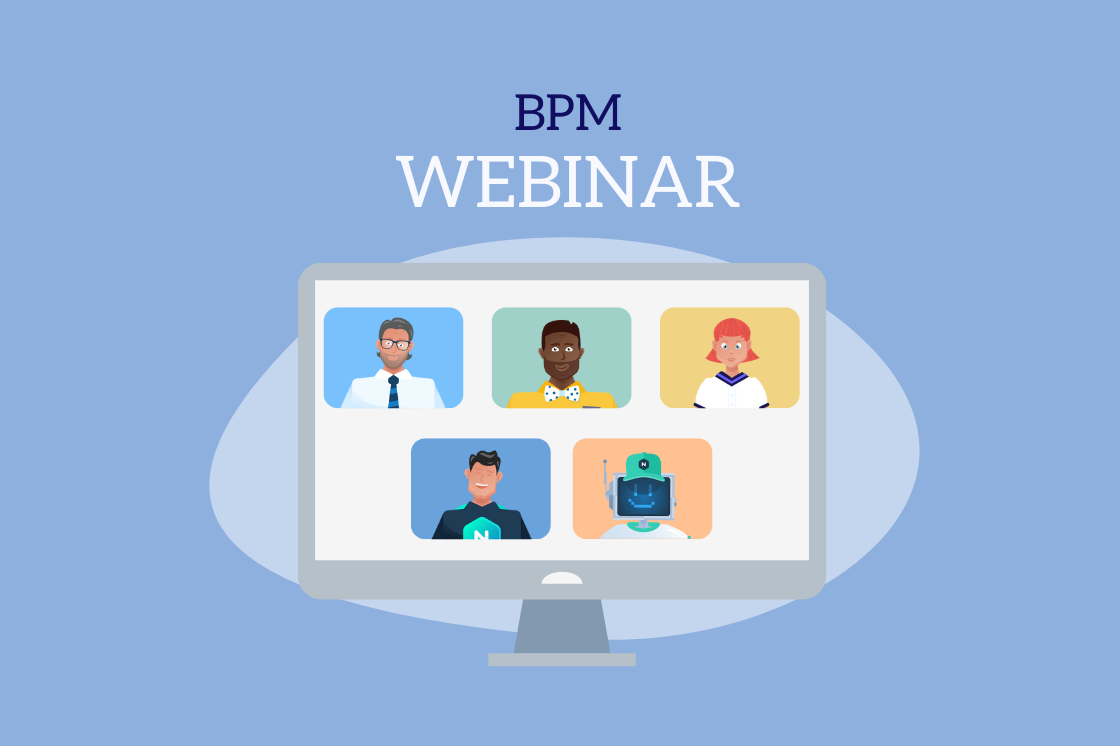What are process levels, and why are they important?
In this edition of our Process Management Minute Series, David will provide an overview of the process levels and how they contribute to the effectiveness of their business process management program.
Process levels are an essential part of your Business Process Framework and are one of the best ways to identify and organize your company's business processes.
The most common approach uses levels 1-5. I like to throw in a "bonus level" six, which I'll cover at the end of this post.
Level 1. Organization
This process level identifies the organizational function to which the process belongs, for example, administration, finance, human resources, information technology, sales, marketing, or production.
Of course, these functional groupings may vary slightly from one company to another.
Level 2. Category
This level groups the different processes of a organizational function into groups.
In some companies, facilities management processes may be a group under administration.
Information technology may group things according to the ITIL 4 framework: general IT management, service management, and technical management processes.
Level 3. Process
This level specifies a particular process within a group.
For example, the facilities management group may include space management, work order management, and maintenance processes.
The IT service management process group includes incident, change, and problem management, to name a few.
Level 4. Activity
This level defines the high level process flow, and is an area when many people struggle.
I often see people attempting to map a complex process on a single process map. This approach results in a diagram that is difficult to follow and understand.
The better approach is to break the process into activities, each with a corresponding process map.
Here's a suggestion. Define your process in the fewest number of steps. For example, a process to manage service requests cn be broken down into three actvties:
- Create a request
- Process the request
- Close the request.
These activities can be further decomposed into a three process maps.
Breaking the process into activities makes it much easier to explain the process to people without getting into the details. Process activities are also the level that are represented on a SIPOC diagram.
The following diagram represents a complex process with dozens of tasks. Chances are, you've seen processes like this. They are very difficult to follow.
On closer examination you can see there are 7 clusters of process tasks.
These are your process activities.

Breaking your process into activities makes it a lot easier to understand and communicate the intent of the process.
Level 5. Task
This level defines the detailed process steps for each activity.
In the above example, we broke the Incident Management process into five activities (the tabs across the top):
- Detect and Record
- Prioritize and Initial Support
- Investigate and Diagnose
- Resolve and Recover
- Close the incident.
We then created a process flow diagram for each activity where we identified roles (swimlanes), tasks, inputs, outputs, related processes, and technologies.
Bonus Level 6. Procedure
This process level is where you capture the procedures for each process step.
People often need clarification on processes versus procedures. Simply put, a process should define the what, and a procedure says how to do it. Check out our blog post "Process Vs Procedure. What is the difference?"
Staying with the Incident Management example, the first step of the Detect & Record activity is "Open New Incident." The procedure will provide step-by-step instructions on how to log in to your IT Service Management tool to create the ticket.
Benefits of Business of Using Process Levels
Implementing process levels in your organization helps:
- Provide a better understanding of how processes fit into the bigger picture of the company
- Standardize how processes are defined, improving consistency and quality of the documentation
- Assist in business process improvement activities
- Provide an effective tool for training new or existing employees
- Improve communication through a standardized business process modeling methodology.
Interested in learning more about documenting your processes? Be sure to check out these informative articles:



